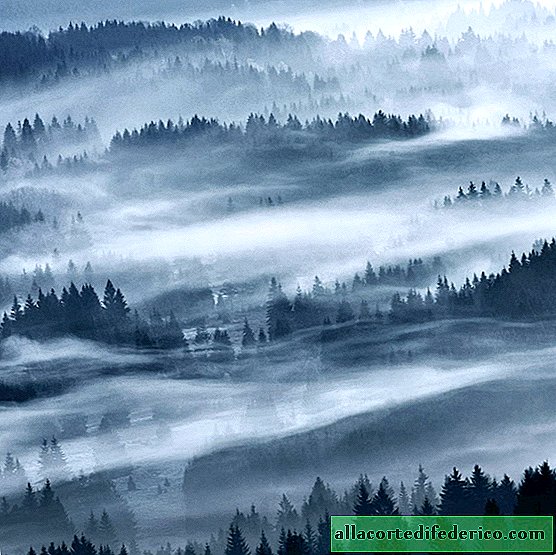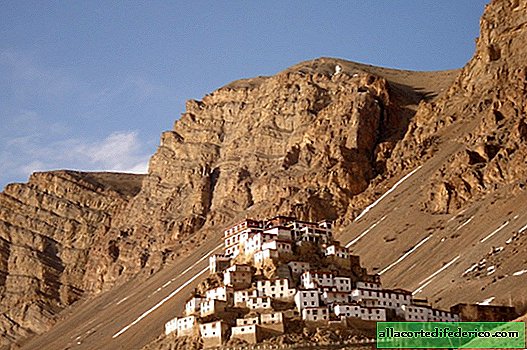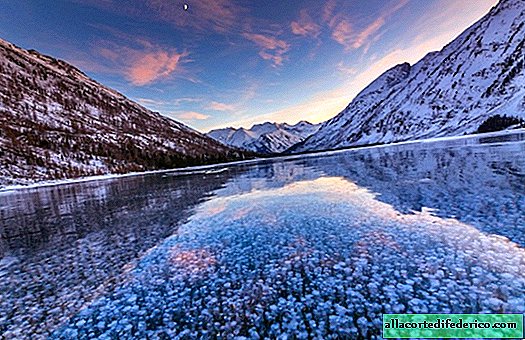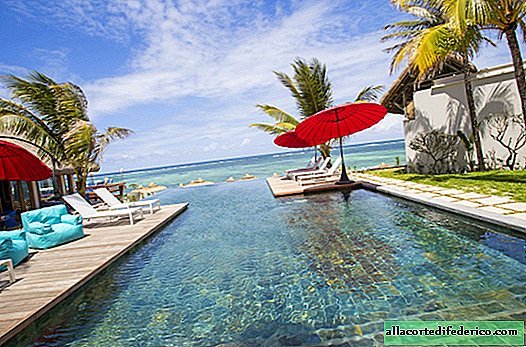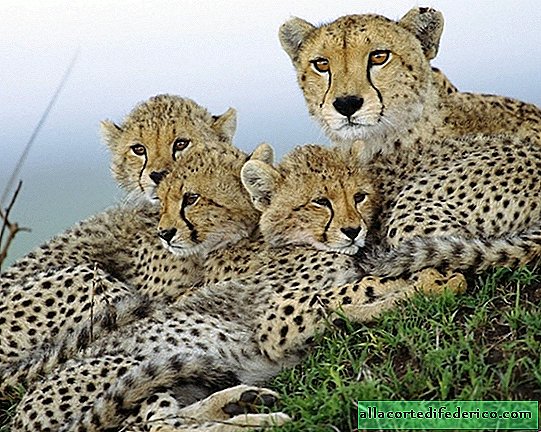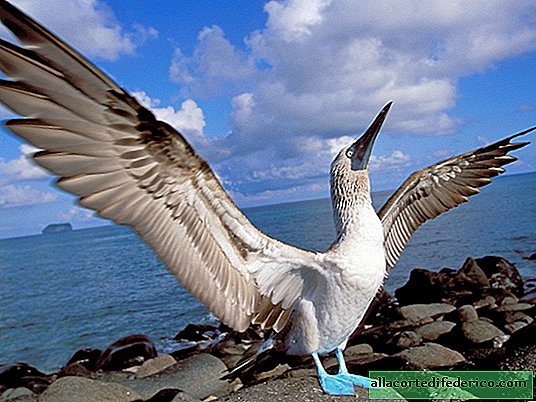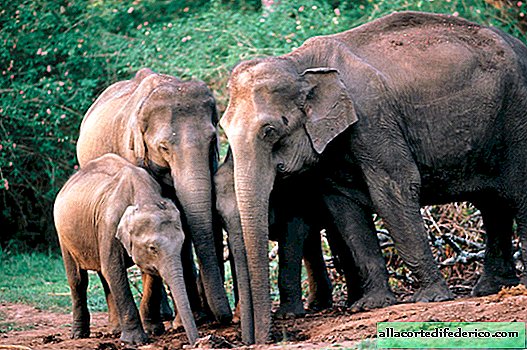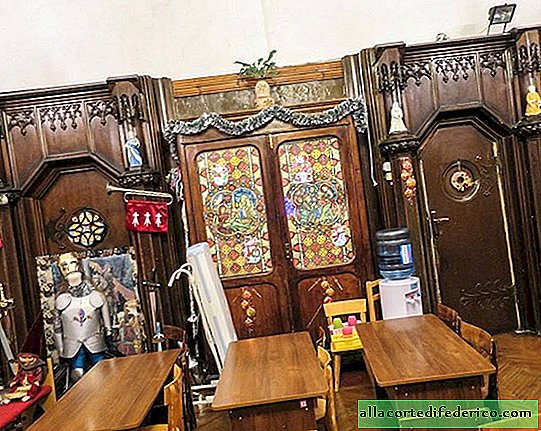Tierra del Fuego Island: how people live on the very edge of the world
Of course, settlements also exist on the coast of Antarctica. But if scientists, military men and members of their families live there mainly, then on the island of Tierra del Fuego, divided between Chile and Argentina, quite ordinary people live for whom the end of the world is their home.
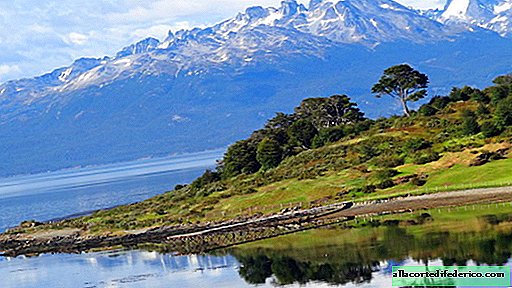
This large island, located on the outskirts of South America, was inhabited long before the arrival of European sailors in these lands. Despite the harsh climate, the Indians who lived here had plenty of food and shelter, hunting marine mammals and going to sea on their boats for fishing. But researchers note that these tribes led a much more primitive way of life compared to their relatives who lived on the continent, and in terms of living standards were significantly inferior to the famous Mayan Indians and Incas. Nevertheless, the Yagans and Selknam were perfectly adapted to the harsh conditions of Tierra del Fuego, where the climate is far from comfortable. The island is humid, it often rains, and a strong wind sometimes penetrates to the bones. Summer temperature does not exceed plus 15ºС, in winter the thermometer column drops below 0 degrees on the sea coast, and in the mountains there is always snow.
 Yaman Indians (they are Yagans)
Yaman Indians (they are Yagans)Portuguese sailors, led by Magellan, called this island Tierra del Fuego due to the fact that Indians bonfires were burning on the shore when the expedition approached the island. But the landed Europeans for the most part did not survive the first winter, because the climate was so unusual for them. But later, when the colonialists arrived here, having prepared more thoroughly, they managed to gain a foothold here for a long time. The indigenous population could not provide due resistance, although they fought for their independence. The most sad pages of the island’s history are connected with European development: as a result of deliberate extermination, representatives of the Selknam tribe were almost destroyed.

At the end of the 19th century, the island was divided between Argentina and Chile into two parts. The West, about 60% of the island, was taken over by Chile, the rest was assigned to Argentina. But there are about 20 times more Argentinean citizens on the island than Chileans, and there are more settlements in the east of the island. In the Chilean part, only the village of Porvenir, in which about 6,000 people live, can be noted. A third of them are active servicemen, because the edge of the earth is not only a tourist Mecca, but also a state border.
 Ushuaia - the southernmost city of the planet
Ushuaia - the southernmost city of the planetIt may seem strange, but the population of Tierra del Fuego is increasing every year. This is facilitated by the rapid development of the tourism sector, as well as the discovery of mineral deposits, the development of which attracts labor migrants. Moreover, the majority of the island’s population is ethnic Croats, Germans and British, descendants of European migrants who went to the ends of the world in search of a better life. The most populated towns of the island are the Argentine Rio Grande and Ushuaia. The latter is officially recognized as the southernmost city on Earth and is a popular tourist attraction. All cruise liners traveling around the world invariably call at the port of Ushuaia, and most routes to Antarctica also start from this town. However, those who want to admire the penguins and plunge into the atmosphere of the polar latitudes can do this without visiting Antarctica - all this is on Tierra del Fuego and the adjacent islands.

In addition to the harsh, but still picturesque nature and interesting wildlife, tourists are attracted by the southernmost railway in the world. Built to supply a local prison in the century before last, today this narrow-gauge railway carries travelers. A train that runs among stunningly beautiful landscapes is called a train at the end of the world.



